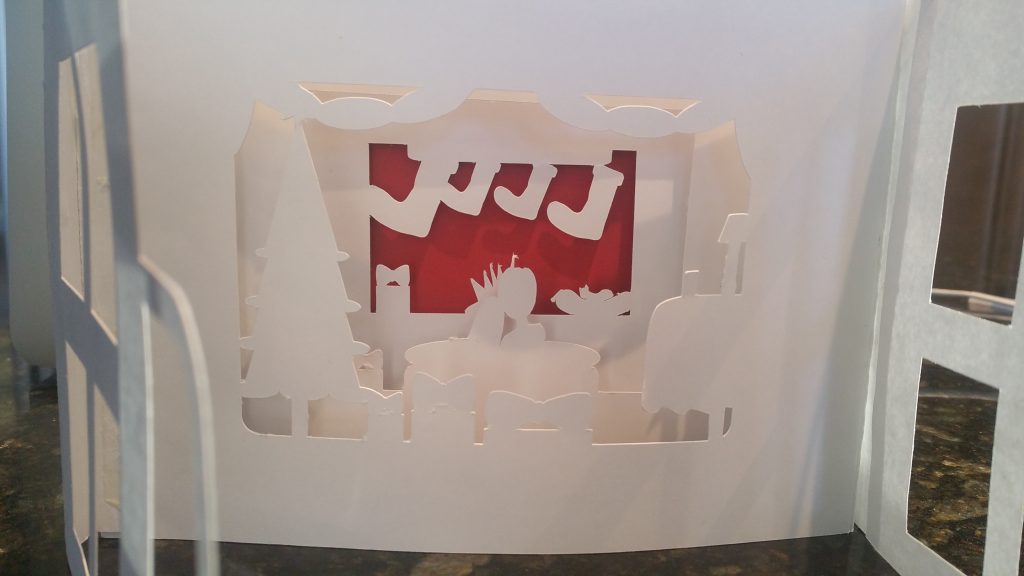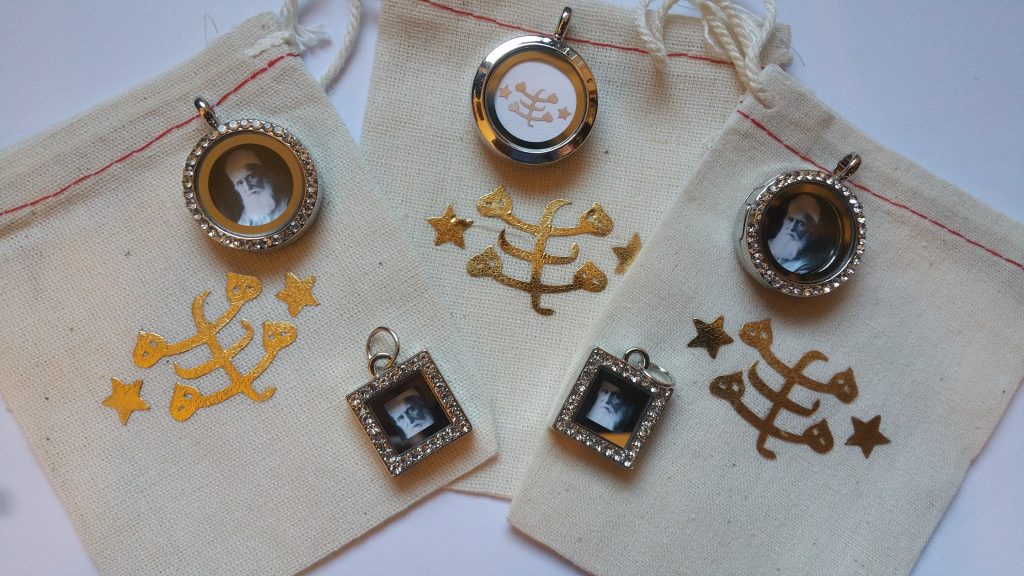
HUMILITY
Today we will start to memorize a new prayer and the topic is Humility OR BEING HUMBLE
- What is Humility?
- How do we know we are being Humble?
- Why should we practice the virtue of Humility?
- When do we practice the virtue of Humility?
When you are humble, you don’t consider yourself more important than other people. You are happy to serve others and think other people’s needs are important.
Humble means doing your best without attracting too much attention to yourself.
1. You are not afraid to ask for help
2. Don’t pay lots of attention to what people say about you GOOD OR BAD
3. Don’t spend energy trying to impress others
4. Don’t worry about mistakes, be eager to learn
Being humble is about taking on an attitude of learning.

Blessed is the spot and the house
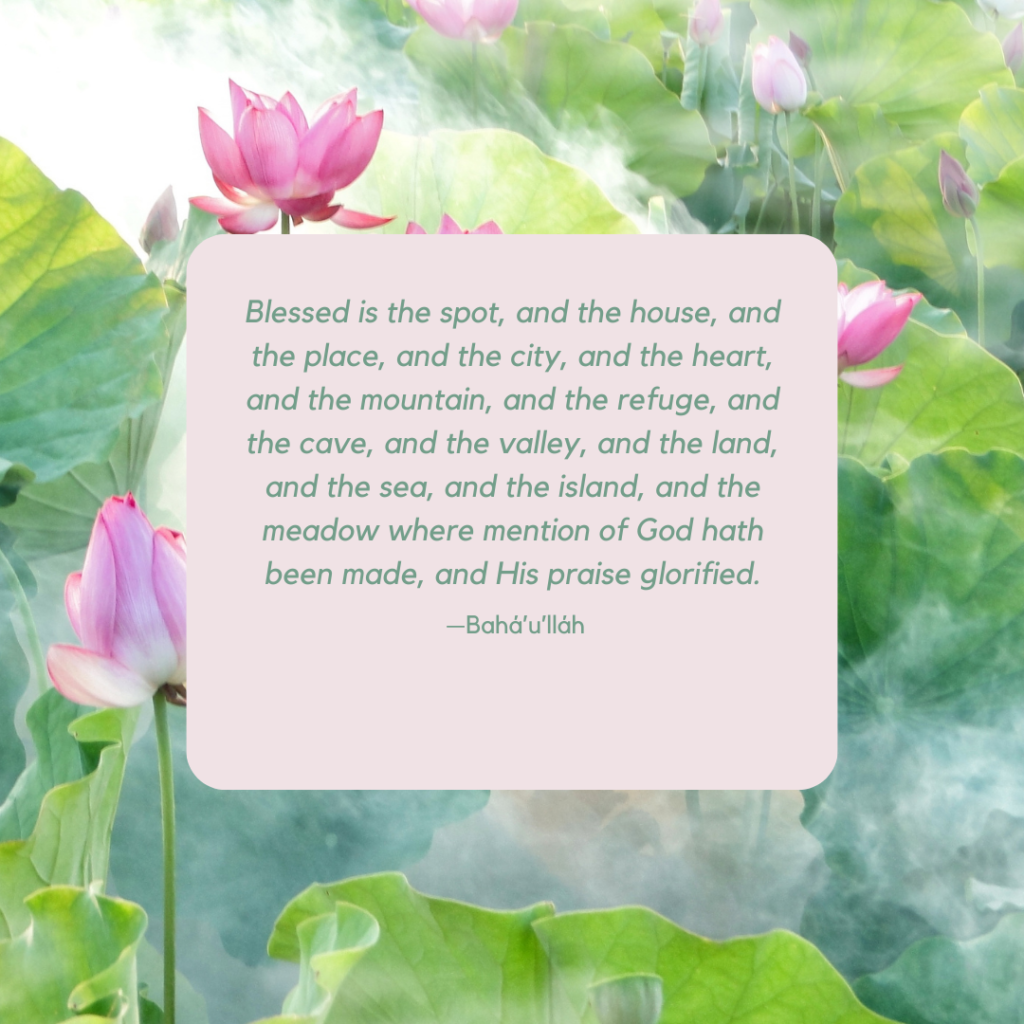
Send a Postcard
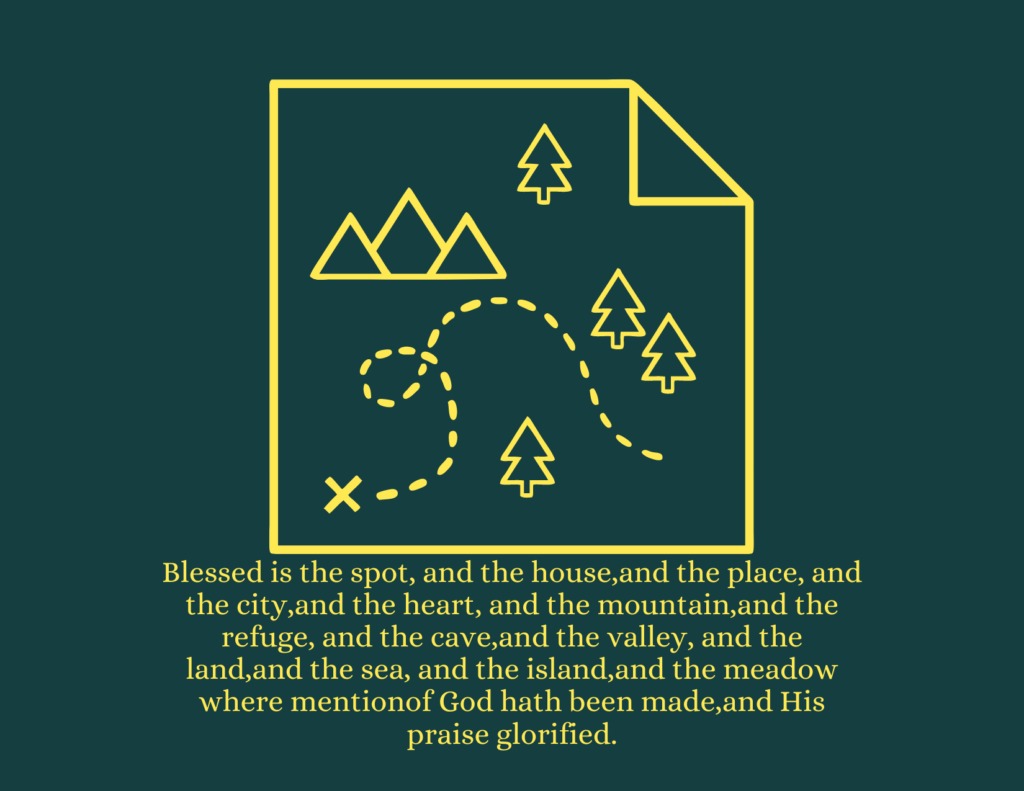

BE LIKE THE EARTH
See the earth
It’s so humble
Has all God’s wealth to give
Everything we need to live
Lets us walk on it every day
But have you ever heard it say
“I am richer
Greater than you”
See the tree
It’s so humble
The more its fruits abound
It bows closer to the ground
And shares the fruit that way
But have you ever heard it say
“I am richer
Greater than you”
Be like the earth
Be like the tree
Rise to the heaven of glory
On the wings of humility
Rise to the heaven of glory
On the wings of humility

O Son of Man! Humble thyself before Me, that I may graciously visit thee.
THE HIDDEN WORDS OF BAHÁ’U’LLÁH
Put to music HERE.
MEANING OF THE WORD
Humble
Zinab works diligently on her math assignments and always does well. She is humble and never boasts about her achievements.
The children in Yong Fu’s neighborhood are eager to learn, and he was asked to form a small class for them. Even though he has little experience and considers himself unworthy, he puts his trust in God and does his best. He approaches the task with humility.
Memorization aid Download aid here

STORY ON HUMILITY
Humility was one of ‘Abdu’l-Bahá’s most notable qualities. Many people wanted to give Him great titles, but He only wanted to be called “‘Abdu’l-Bahá”, which means “Servant of the Glory”. His most ardent desire was to serve. One time some wealthy visitors made an elaborate plan for Him to wash His hands before a meal. They arranged for a specially dressed boy to carry a fancy bowl with “crystal water”, and they also had a perfumed towel waiting for Him. When the Master saw the group of friends approaching from across the lawn – with the little boy, the bowl, and the towel – He knew their purpose. He hurriedly found some water nearby, washed His hands, and dried them with a piece of cloth the gardener had. Radiantly, He turned to greet the group. And then, bestowing on His guests, the very honor that was meant for Him, He lovingly offered them water and a perfumed towel!
SCIENCE EXPERIMENT
Humility and Thankfulness attract God’s blessings
“Attract” a stream of water without even touching it.
What to Do
This works best on a dry day.
Set the tap running gently so that it has a steady but thin stream of water coming out. Move an inflated balloon near the stream of water. It should not affect the water at all. Now rub the balloon on your hair.
Now move the balloon near the stream of water. The water will be attracted to the balloon, and the closer you move the balloon, the more the water will bend.
HUMILITY AND THANKFULNESS ARE LIKE THE STATIC ELECTRICITY THAT THE BALLOON GETS FROM BEING RUBBED ON YOUR HAIR AND THIS ATTRACTS THE WATER OR “BLESSINGS”
ANOTHER STORY
Aid for Story: Download here
ANOTHER STORY

Role-Playing
Present children with a series of scenarios where they can choose to be boastful or humble, such as winning a game, getting an A on a test, or giving someone a gift. Have children give a boastful response and a humble response to the scenario. For example, a child could pretend to brag about winning the game to demonstrate boastful behavior and say “good game” to the other players to demonstrate humility. Talk about how everyone involved would feel for each scenario to emphasize why choosing to be humble is the better option.
Games to Illustrate the Virtue of Humility
from The New World Order Games Manual, by Linden Qualls
This game was created for our lesson on humility. I explained that egos and lower selves can become too large and inflated, like a balloon. We need to keep them “under control” and “inline”. So for this game, 2 teams would each be given an equal-sized blown-up balloon. Each team lined up across from the other. The goal was to be the first team to get the balloon down their own line without it hitting the floor or going out of reach. It is hard to control the lower self and the ego, so to make it hard to control the balloon, the team members could only use their heads and feet to maneuver the balloon. Each team member could touch the balloon with their head or feet as many times as needed to get it to the next person. No one is to be skipped. If hands or arms were used, or the balloon hit the floor or went out of reach, it was brought back to the start. The youngest ones can be placed at the very beginning and end of the line, since the first one begins the race and the last one catches it, these are the easiest spots to be in.
Please note that the age and number of the children and the size of the balloon will greatly influence control. The less air, the faster it will fall. Teams should have different colored balloons so they never get mixed up. Encourage the winning 1agamesrules.doc 103 28-Apr-15 team to show humility by not boasting. You can also completely dispense with the race idea, and just make the control of the balloon the only challenge.
Variations:
The same rules apply—if the balloon goes out of reach or hits the ground, it goes back to the beginning.
Team members sat down on the floor and could use their hands and feet. They could slide about in their efforts to control the balloon. (Older groups may be able to use only feet for this version and the one below.)
They then did the same as above but had to be on their backs, with their legs in the air. They could also scoot if necessary.
Team members lay on their stomachs, and could use only their hands. They could slide on their stomachs if needed.
Team members stood in their lines and were allowed to use their hands—but each could only bat the balloon once. No child was to be missed. If this proves too hard, let them hit it twice.
Team members stood up and had to pass the balloon down the line by squeezing it between their stomachs. No hands or feet could be used.
Team members stood up and had to pass the balloon down the line by squeezing it between their knees. No hands or feet could be used.
Spread team members out down the line. Members have to hold balloons between their knees and hop to the next person in line. Or they can hold it between their ankles and hop. You can also try it as a relay race across a distance.
Do the same as above, but no hopping is allowed. Team members must therefore waddle, and it looks really funny. You can also try this one as a relay race across a distance.
Team members sit down (girls with skirts or dresses can’t do this one) in a line, as you would on a toboggan sled. Then kids scoot a little to create some distance from each other and they lay on their backs and put their feet and legs up in the air. I then placed the balloon in between the feet of the first person in line, and the goal is to pass the balloon all the way down the line to the
last person just using the feet. One always passes to the person behind them and they rock on their back (no touching the balloon with hands) and try to place the balloon between the feet of the person behind them. (If you want to continue and go the opposite direction, just have everybody rotate direction, and start with the person who was originally last.)
Students were divided up into groups of 2 or 3. They stood facing each other very close, with arms around each other. The balloon was placed at the bottom of their feet between them, enclosed by their bodies. No hands or forearms were to be used. The goal was to squirm and wiggle it up so that it was between their faces. Taller kids just bent lower at the endpoint. If the balloon escaped, they had to start over.
One day, there were only 3 kids, so we improvised. I also played, to make 4. We spread out and had to get the balloon down the line, then back up again to the first person. There was no race, but keeping the balloon under control was challenging enough.
The ego is the animal in us, the heritage of the flesh which is full of selfish desires. By obeying the laws of God, seeking to live the life laid down in our teachings, and praying and struggling, we can subdue our egos. We call people ‘Saints’ who have achieved the highest degree of mastery over their ego. (From a letter written on behalf of Shoghi Effendi to an individual believer, January 8, 1949)
…….the ego can and should be ever-increasingly subordinated to the enlightened soul of man. This is what spiritual progress implies. (From a letter dated 14 December 1941 written on behalf of Shoghi Effendi to an individual believer)
Game: “Sometimes I Am Tall”
- One person is blindfolded. Everyone else stands around them in a circle
The people in the circle say together:
- “I am very tall.” (They stand on their toes and stretch as tall as they can.)
- “I am very short.” (They squat down and make themselves as short as they can.)
- “Sometimes I am tall.” (They stretch up again.)
- “Sometimes I am short.” (They squat down again.)
The teacher points up/down and everyone stands/squats. Then everyone says:
- “Guess what we are now!”
The blindfolded child tries to guess by the level of their voice whether they are “short” or “tall”. Each child should take a turn at being blindfolded.

Based on the story A Puppet Show:
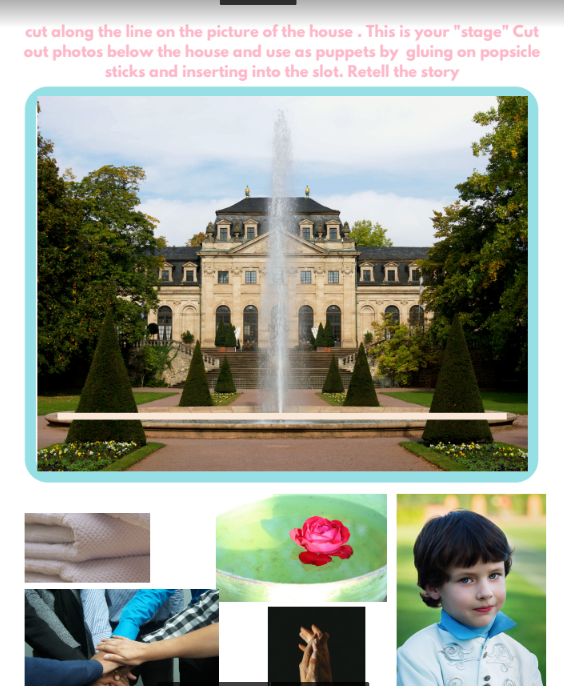
Download craft
HUMBLE BRACELETS
Cover empty cardboard toilet paper rolls with decorative paper or fabric to make cute bracelets. First, cut straight across the length of the cardboard roll. Once you’ve made that cut you can cut around the roll making individual bracelets of various widths. Older kids can do this themselves; younger kids will probably need help. Cut paper or fabric rectangles that will cover the bracelet with a small border around each edge. Cover the back of the fabric or paper rectangle with a thin layer of tacky glue and carefully press it onto the bracelet smoothing out any wrinkles. Tuck all the overlaying edges to the underside. If the bracelet has lost some of its ability to spring back into shape roll it into a smaller roll and hold it in shape with a rubber band while the glue dries. For smaller wrists roll them into smaller rounds. If you’ve planned ahead you could invite the kids to bring paper or fabric they like.
Humble Potato Prints
Cut potatoes into thick slices. Outline and cut out the letters H-U-M-I-L-T-Y. Put a thin layer of seven paint colors on seven 7 small plates. Put one letter stamp on each plate. You’ll be using the I stamp twice. Let the children stamp the word HUMILITY onto fingerpaint paper. They can embellish around the word-painting things that remind them of humility. It’s also fun to use cookie cutters and cut out other shape of potato stamps as well. This can get messy so it’s a good outside project. And it’s helpful if there’s a garden hose, or at least a bucket of water, for washing hands.
Based on Prayer Blessed is the spot mini-book
Print the prayer for the children to color.
Print and cut the second section here and fold it on dashed lines like an accordion. glue the prayer images in order. fold up and glue the prayer name “Blessed is the Spot” to the front. ( it is the first section with no image only the words) The last piece can be glued to the notebook or into a small box. You can also attach a string to the accordion book to tie it up.
A COLLAGE based on the song
CUT PICTURES FROM A MAGAZINE AND MAKE A TREE (HUMBLE LIKE THE EARTH)
Clay Sculpture
Materials Needed:
- Air-dry clay or playdough
- Small plastic or wooden figurine (optional)
- Paints or markers (optional)
- Paintbrushes (if painting)
- Disposable work surface or wax paper
Instructions:
- Begin by explaining the quote to the child in simple terms, emphasizing the idea of humility and respect towards others and the divine.
- Provide the child with a lump of air-dry clay or playdough. Show them how to mold the clay into a simple figure representing a person in a humble posture, such as kneeling or bowing.
- Encourage the child to use their fingers to shape the clay, emphasizing gentle movements and patience.
- If desired, the child can add small details to the sculpture, such as facial features or clothing folds, using additional pieces of clay or by sculpting with tools like toothpicks.
- For added decoration, the child can paint the sculpture once it’s dry using acrylic paints or markers. They can choose colors that represent humility and spirituality, such as soft blues, greens, or earth tones.
- Once the sculpture is complete and dry, the child can display it in their room as a reminder of the importance of humility and reverence.
Paper Chain People
This craft is simple and symbolic, perfect for young children to understand the concept of humility and interconnectedness. Here’s how to create it:
Materials Needed:
- Colored construction paper
- Scissors
- Glue or tape
- Marker pens
Instructions:
- Cut strips of colored construction paper lengthwise, about 1 inch wide.
- Fold each strip accordion-style to create loops.
- Glue or tape the ends of one loop together to form a circle, then link another loop through it and secure. Continue until you have a chain of connected loops.
- Draw simple faces on the top loop of each chain to represent people.
- On each loop, write a word or phrase related to humility and spirituality, such as “humility,” “kindness,” or “grace.”
- Hang the paper chain people in a prominent place, such as a doorway or window, as a visual reminder of the importance of humility and connection with others.
This craft not only fosters creativity but also encourages discussions about humility and how we are all connected as part of a larger community.
Inspirational Wall Art
Designing an inspirational wall art piece is a wonderful way to engage children in creativity while emphasizing the importance of humility and spiritual reflection. Here’s how to create it:
Materials Needed:
- Canvas or sturdy paper
- Paints or markers
- Paintbrushes
- Stencils or lettering templates (optional)
- Glitter, sequins, or other decorative elements (optional)
Instructions:
- Begin by discussing the quote “O Son of Man! Humble thyself before Me, that I may graciously visit thee” with the child, exploring its meaning and significance.
- Provide a canvas or sturdy paper as the base for the wall art. You may want to pre-paint the background with soothing colors like blue, green, or white to create a serene atmosphere.
- Encourage the child to write or paint the quote onto the canvas using their preferred medium. They can use stencils or lettering templates for guidance if needed, or they can freehand the letters for a more artistic touch.
- Once the quote is in place, invite the child to embellish the artwork with additional decorations such as swirls, flowers, or other motifs that symbolize humility and spirituality.
- If desired, add glitter, sequins, or other decorative elements to enhance the visual appeal of the piece.
- Allow the artwork to dry completely before displaying it in a prominent location where it can serve as a constant reminder of the importance of humility and openness to divine grace.
This craft not only encourages creativity but also provides an opportunity for reflection and introspection as children engage with the quote and its message. The finished wall art can serve as a source of inspiration and encouragement for both the child and those who view it.
Thumbprint Art
Thumbprint art is a delightful and accessible craft that allows children to express their creativity while exploring themes of humility and spirituality in a personal and tactile way. Here’s how to do it:
Materials Needed:
- Paper or cardstock
- Washable ink pads in various colors
- Markers or pens
- Optional: Stamps or stickers with relevant motifs (e.g., hearts, stars, flowers)
Instructions:
- Begin by discussing the quote “O Son of Man! Humble thyself before Me, that I may graciously visit thee” with the child, exploring its meaning and significance in simple terms.
- Provide a piece of paper or cardstock as the canvas for the thumbprint art.
- Demonstrate how to press the child’s thumb gently onto an ink pad, ensuring that it’s coated evenly with ink.
- Encourage the child to make thumbprints on the paper, arranging them in a pattern or design of their choosing. They can experiment with different colors and sizes of thumbprints to create visual interest.
- Once the thumbprints are in place, allow them to dry briefly before using markers or pens to embellish them. Children can turn thumbprints into various objects or creatures by adding details such as eyes, mouths, wings, or other features.
- Optionally, incorporate stamps or stickers with relevant motifs to complement the thumbprint art and reinforce the theme of humility and spirituality.
- Encourage the child to reflect on their artwork, discussing how each thumbprint represents a unique individual yet contributes to the overall composition, symbolizing the interconnectedness of all beings.
- Display the finished thumbprint art in a prominent location where it can serve as a visual reminder of the importance of humility and openness to divine grace.
This craft not only fosters creativity and fine motor skills but also provides a meaningful way for children to engage with the quote and its message. Thumbprint art allows them to express themselves artistically while contemplating concepts of humility and spiritual connection.
Handprint Wreath
Creating a Handprint Wreath is a beautiful way to involve children in a craft that symbolizes unity, togetherness, and gratitude. Here’s how to make it:
Materials Needed:
- Colored construction paper or cardstock
- Scissors
- Pencil
- Glue or tape
- Ribbon or string (for hanging)
- Markers or pens (optional)
Instructions:
- Begin by discussing the concept of gratitude and how it relates to humility and interconnectedness with the child.
- Trace the child’s hand onto colored construction paper or cardstock and cut out the handprint. Repeat this step several times to create multiple handprints.
- Arrange the handprints in a circular pattern to form a wreath shape, overlapping them slightly and alternating colors for visual interest.
- Glue or tape the handprints together to secure them in place, ensuring that they form a cohesive wreath.
- If desired, write messages of gratitude or blessings on each handprint using markers or pens.
- Attach a ribbon or string to the top of the wreath for hanging.
- Display the Handprint Wreath in a prominent location, such as a door or wall, where it can serve as a reminder of the importance of humility and gratitude in our lives.
This craft not only allows children to express their creativity but also encourages them to reflect on the things they are thankful for and the people who bring joy and meaning to their lives. The Handprint Wreath serves as a visual representation of the interconnectedness of humanity and the importance of humility in fostering gratitude and appreciation.
Gratitude Stones
Gratitude Stones are a simple yet powerful craft that encourages mindfulness and reflection on blessings and acts of kindness. Here’s how to make them:
Materials Needed:
- Smooth stones (ideally palm-sized)
- Acrylic paints or paint markers
- Paintbrushes (if using acrylic paints)
- Permanent marker or pen
Instructions:
- Begin by discussing the concept of gratitude and the importance of recognizing and appreciating acts of kindness with the child.
- Provide smooth stones as the base for the Gratitude Stones. These stones can be collected from outdoors or purchased from a craft store.
- Encourage the child to paint each stone with vibrant colors and patterns using acrylic paints or paint markers. They can get creative with designs that inspire feelings of happiness and gratitude.
- Once the paint is dry, invite the child to use a permanent marker or pen to write words or phrases expressing gratitude on each stone. These could include words like “thankful,” “kindness,” “joy,” or specific things they are grateful for.
- After completing the Gratitude Stones, encourage the child to keep them in a special place, such as a decorative bowl or jar, where they can serve as a tangible reminder of blessings and acts of kindness.
- Encourage the child to hold a Gratitude Stone in their hand each day and reflect on the things they are thankful for or moments of kindness they have experienced.
This craft not only allows children to express their creativity but also fosters a sense of mindfulness and appreciation for the goodness in their lives. Gratitude Stones serve as tangible reminders of the importance of humility and the power of acknowledging and expressing gratitude.
Collage of Kindness
Making a Collage of Kindness is a wonderful way for children to reflect on and celebrate acts of kindness, both given and received. Here’s how to create one:
Materials Needed
- Assorted magazines, newspapers, or printed images
- Scissors
- Glue or tape
- Poster board or large piece of paper
- Markers or pens (optional)
Instructions
- Begin by discussing the concept of kindness with the child, emphasizing the importance of showing compassion and empathy towards others.
- Provide magazines, newspapers, or printed images with various scenes and people. Encourage the child to cut out images or words that represent acts of kindness, compassion, and empathy. These could include pictures of people helping each other, sharing, or expressing love and friendship.
- Once a collection of images and words has been gathered, invite the child to arrange them on a poster board or large piece of paper to create a collage. They can overlap images and vary the layout to make it visually appealing.
- Use glue or tape to secure the images and words in place.
- If desired, encourage the child to add drawings or handwritten messages expressing their own experiences of kindness or ways they can show kindness to others.
- Display the Collage of Kindness in a prominent location where it can serve as a daily reminder of the importance of kindness, empathy, and humility.
This craft not only encourages creativity but also prompts children to reflect on the positive impact of kindness in their lives and the lives of others. The Collage of Kindness serves as a visual celebration of the goodness in the world and the role that each person can play in spreading kindness and compassion.

